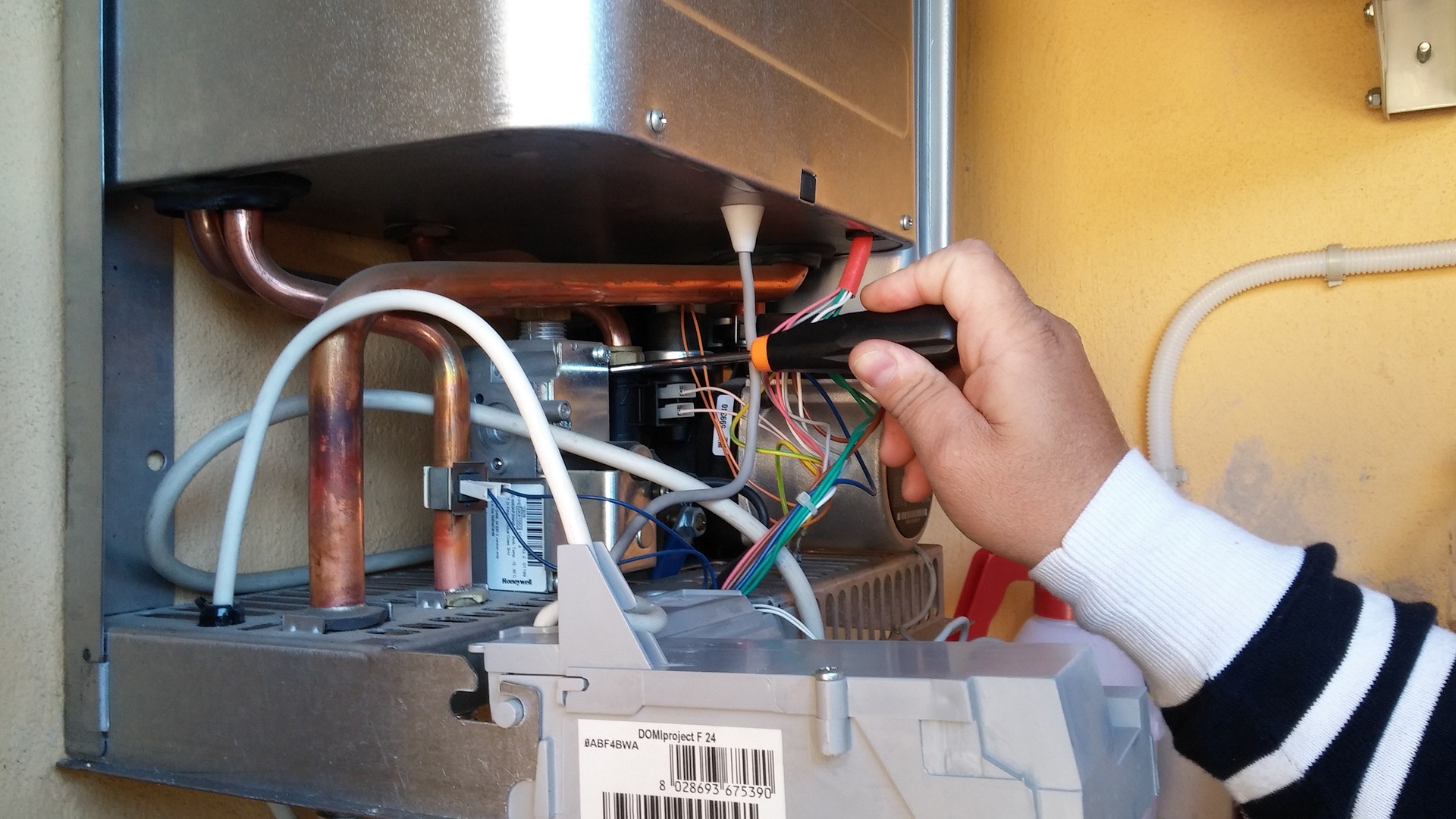Boosting Productivity Through Industrial Workspace Design
The design of an industrial workspace can significantly influence productivity, employee satisfaction, and the overall success of an operation. Historically, workspace design in the industrial sector has centered around function and cost-efficiency. However, as we delve deeper into the 21st century, the focus is shifting towards designs that foster productivity and well-being.
An Evolving Landscape
In the past, industrial workspace design was dominated by assembly line configurations, where the primary goal was to maximize output. However, recent years have seen a shift in perspective. Researchers have found that workspace design influences workers’ mood, motivation, and overall job satisfaction. Consequently, this impacts productivity, innovation, and the bottom line.
The Impact of Workspace Design on Productivity
A well-designed workspace can enhance productivity by reducing time wasted on unnecessary movement, improving communication, and fostering a positive work environment. It can also help attract and retain skilled workers, a critical factor in an increasingly competitive labor market.
Challenges and Benefits
However, redesigning an industrial workspace is not without its challenges. It requires a substantial investment of time and resources, and there’s always the risk that the new design may not yield the desired results. Yet, the potential benefits - improved productivity, increased employee satisfaction, and better work quality - make it a strategic move that companies cannot afford to ignore.
Research-Backed Insights
Studies have shown that factors such as natural light, ergonomic furniture, and a well-organized work area can significantly boost productivity. For instance, a study by the World Green Building Council found that workers in spaces with ample natural light reported a 15% increase in productivity.
Additionally, a well-arranged workspace can minimize unnecessary movement, saving time and reducing the risk of accidents. Using ergonomic furniture reduces the risk of musculoskeletal disorders, which are one of the leading causes of missed workdays in the industrial sector.
Practical Insights for Implementing Workspace Design Changes
-
Consider the needs of your employees: Different tasks require different workspaces. Take into account the nature of the work being done and the needs of the employees performing it.
-
Invest in ergonomics: Ergonomic furniture may seem like a significant upfront cost, but it can save money in the long run by reducing the risk of workplace injuries and improving productivity.
-
Incorporate natural light: If possible, design workspaces to take advantage of natural light. It can boost mood, improve sleep, and enhance productivity.
-
Organize the workspace efficiently: Reduce unnecessary movement by organizing workspaces efficiently. This can mean placing frequently used tools within easy reach or arranging workstations to minimize travel time.
Conclusion
The design of an industrial workspace can have a profound impact on productivity and employee satisfaction. While the task of redesigning a workspace can seem daunting, the potential benefits make it a worthwhile investment. By considering the needs of employees, investing in ergonomics, incorporating natural light, and organizing the workspace efficiently, businesses can create an environment that fosters productivity and well-being.





